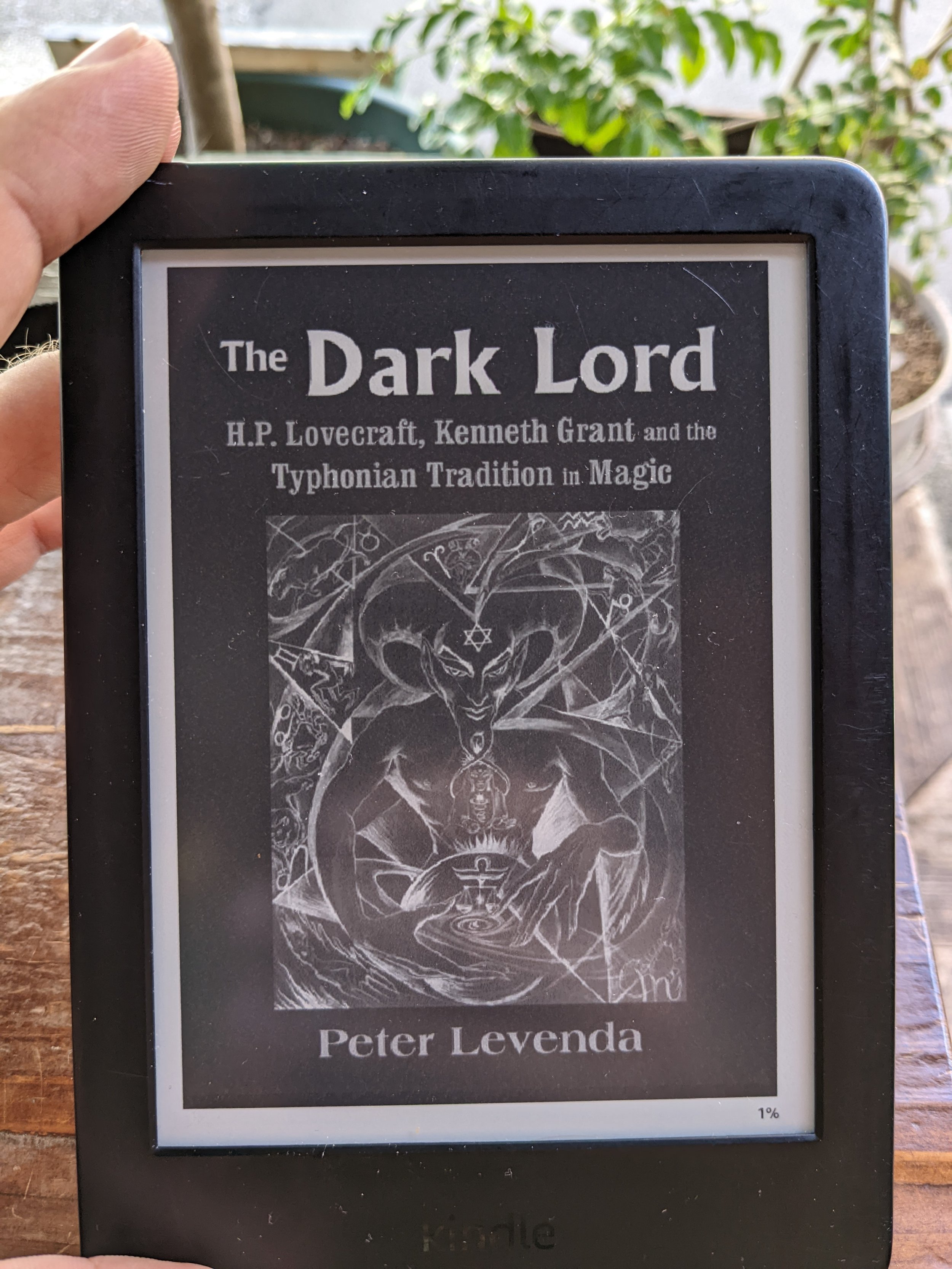INTRODUCTION TO CIVIL WAR - TIQQUN
Second Tiqqun book I’ve read this year. Tiqqun, of course, is the French collective that published a handful of polemic volumes in the early 2000’s, and the other book of theirs I read, Theory of Bloom, I found a little better than this one. Tiqqun suffers here from the French disease of not being very clear in one’s writing without the French virtue of fascinating possibilities and suggestions in this ambiguity, as with the kings of wonderfully suggestive French nonsense, Deleuze/Guattari. Perhaps it is because I am always against it when someone is talking about Empire in a very abstract metaphorical manner, as is done in this book, without even the slightest nod to the fact that France has a very real, non-theoretical empire throughout north, west and central Africa that both causes real suffering, including torture, theft and murder, and the people writing this book benefit from (this obviously applies to an even greater extent to the USA, and implicated me) this arrangement. This isn’t to say that one should speak about Empire metaphorically or symbolically, it just bugs me when the conversation stays entirely in this realm. This book has some good stuff about form-of-life being the basic unit of humanity and the ways that these forms-of-life co-exist, and/or are pitted against one another, and managed under capitalism. Made me feel like I need to read some Ambigen, since I think he’s the one who really pushes that concept the furthest (though, it’s apparently a Wittengstien coinage). There were some bars for sure, I enjoyed, “Liberating spaces liberates us a hundred times more than any kind of “liberated space,”
“That when ONE tells us it’s either this or death, it’s
always
actually
This and death.”
And, “The two super-institutional poles of Empire: the police become Biopower, and publicity is transformed into the Spectacle. From this point on, the State does not disappear, it is simply demoted beneath the transterritorial set of autonomous practices: Spectacle, Biopower.”
That second quote is formatted like that in the book, the last section is much more poem like than the earlier sections. So overall, there were some good interesting ideas embedded in this but I failed to see the overall point. I’m not sure what practical insights in terms of the workings of our world or ways we can conceive of changing it. It’s short but the Bloom one was much better. 99 civil wars.



















